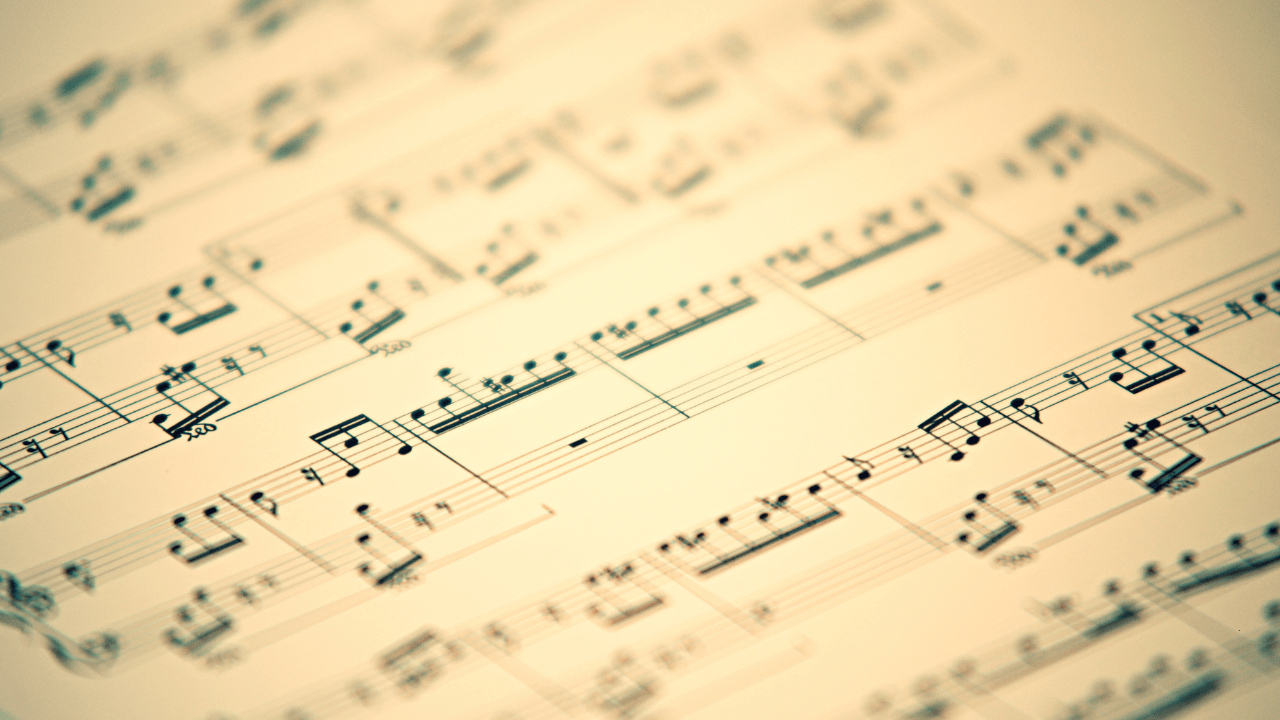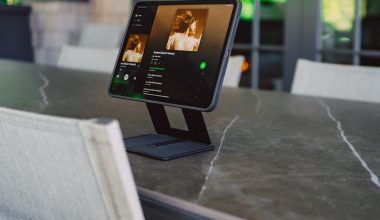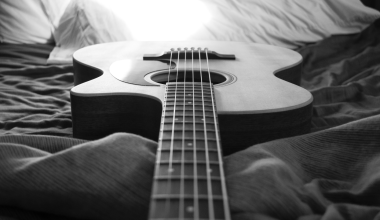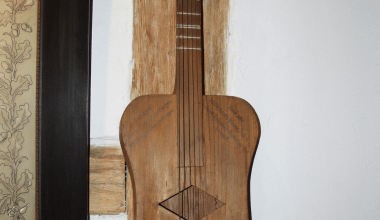Song templates are a game-changer in music production, helping you streamline your workflow and focus on creativity. Whether you’re a beginner or an experienced producer, understanding and using song templates effectively can save time, maintain consistency, and enhance your music quality.
This guide delves deep into the concept of song templates, their benefits, and how you can create and use them to elevate your music production game.
What Is a Song Template?
A song template is a pre-arranged structure or format designed to simplify the music creation process. It provides a roadmap for composing, arranging, and producing tracks, offering a consistent framework to build upon. Song templates are widely used in genres like pop, EDM, and hip-hop, where specific structures are often preferred.
Focus Tip: A good song template includes placeholders for elements like verses, choruses, intros, and outros, making it easier to get started with a track.
Why Use a Song Template?
Using a song template offers several advantages, including:
- Saving Time: Templates eliminate the need to start from scratch every time, allowing you to dive straight into creative work.
- Maintaining Consistency: Templates ensure uniformity in your tracks, especially if you’re creating an album or multiple projects.
- Boosting Creativity: With the structural groundwork in place, you can focus on melody, harmony, and rhythm without worrying about the technical aspects.
Elements of a Song Template
A well-designed song template includes:
- Sections
- Intro: Sets the mood and captures attention.
- Verse: Develops the story or theme.
- Chorus: The song’s central and most memorable part.
- Bridge: Adds variation or a twist.
- Outro: Wraps up the song.
- Tracks
- Lead vocals, harmonies, drums, bass, and instrumental layers.
- Effects
- Reverb, delay, EQ, and compression settings tailored for your genre.
- Markers
- Clearly label sections (e.g., “Intro – 0:00 to 0:15,” “Chorus – 0:45 to 1:15”).
Types of Song Templates
1. Genre-Based Templates
Templates tailored to specific genres, such as pop, EDM, hip-hop, or rock, provide structure suited to the style’s conventions.
2. Workflow Templates
These focus on the technical setup, including routing, effects chains, and MIDI settings, to streamline production.
3. Custom Templates
Designed by you to cater to your unique workflow and preferences, these can evolve with your needs.
How to Create a Song Template
Step 1: Identify Your Needs
Think about your genre, production style, and common elements in your tracks.
Step 2: Choose Your DAW
Most Digital Audio Workstations (DAWs), like Ableton Live, Logic Pro, and FL Studio, allow you to create and save templates.
Step 3: Arrange the Tracks
Include placeholders for vocals, instruments, and effects. Organize them in a logical order.
Step 4: Set Effects and Plugins
Pre-load commonly used plugins and effects for a seamless start.
Step 5: Save the Template
Save your work as a template file in your DAW for easy access.
Benefits of Using Song Templates for Beatport Creators
Selling your music on Beatport requires efficiency and professionalism. Song templates can help you:
- Create Tracks Faster: Beat tight deadlines with a ready-to-use structure.
- Ensure Quality: Consistent structure and effects improve your production quality.
- Focus on Creativity: Spend more time perfecting your sound instead of worrying about technical details.
Tips for Using Song Templates Effectively
- Start Simple
Keep your initial templates minimal and build complexity as you gain experience. - Customize Regularly
Update your templates to include new techniques or elements you’ve mastered. - Experiment
Use templates as a starting point but don’t hesitate to modify sections to suit your vision. - Use Genre-Specific Templates
Leverage templates designed for your target audience to match their expectations.
Examples of Song Templates
1. Pop Song Template
- Intro: 8 bars
- Verse 1: 16 bars
- Chorus: 8 bars
- Verse 2: 16 bars
- Bridge: 8 bars
- Final Chorus: 8-16 bars
- Outro: 4 bars
2. EDM Song Template
- Intro: 16 bars
- Build-Up: 16 bars
- Drop: 16 bars
- Breakdown: 16 bars
- Drop 2: 16 bars
- Outro: 16 bars
Tools and Software for Song Templates
- DAWs: Ableton Live, Logic Pro, FL Studio, Pro Tools
- Plugins: Serum, Sylenth1, Native Instruments Kontakt
- Sample Packs: Splice, Loopmasters, Cymatics
Overcoming Challenges in Song Templates
Challenge 1: Lack of Creativity
Solution: Use templates as a guide, not a restriction. Feel free to adapt them to suit your style.
Challenge 2: Overdependence
Solution: Occasionally start from scratch to develop new skills and ideas.
Challenge 3: Genre Constraints
Solution: Experiment with cross-genre templates to discover unique sounds.
Selling Your Tracks Using Song Templates
Once your track is ready, upload it to platforms like Beatport. Here’s how templates help:
- Faster Production: Templates speed up the process of creating radio-ready tracks.
- Professional Sound: They ensure your tracks meet industry standards.
- Genre Suitability: Pre-arranged structures align with audience expectations for specific genres.
Conclusion
Song templates are an invaluable tool for modern music producers, providing a structured yet flexible framework for creativity. By incorporating song templates into your workflow, you can save time, maintain consistency, and focus on the aspects of production that matter most.
Whether you’re a Beatport creator or an independent artist, mastering the art of song templates will streamline your music production journey and help you create high-quality tracks effortlessly.
Related Articles:
For further reading, explore these related articles:
- Music Press Release Template: Your Complete Guide to Promoting Your Music
- How to Write a Song: A Step-by-Step Guide for Beginners
- Music Publishing Made Easy: Learn How to Get Paid for Your Songs
For additional resources on music marketing and distribution, visit Deliver My Tune.






